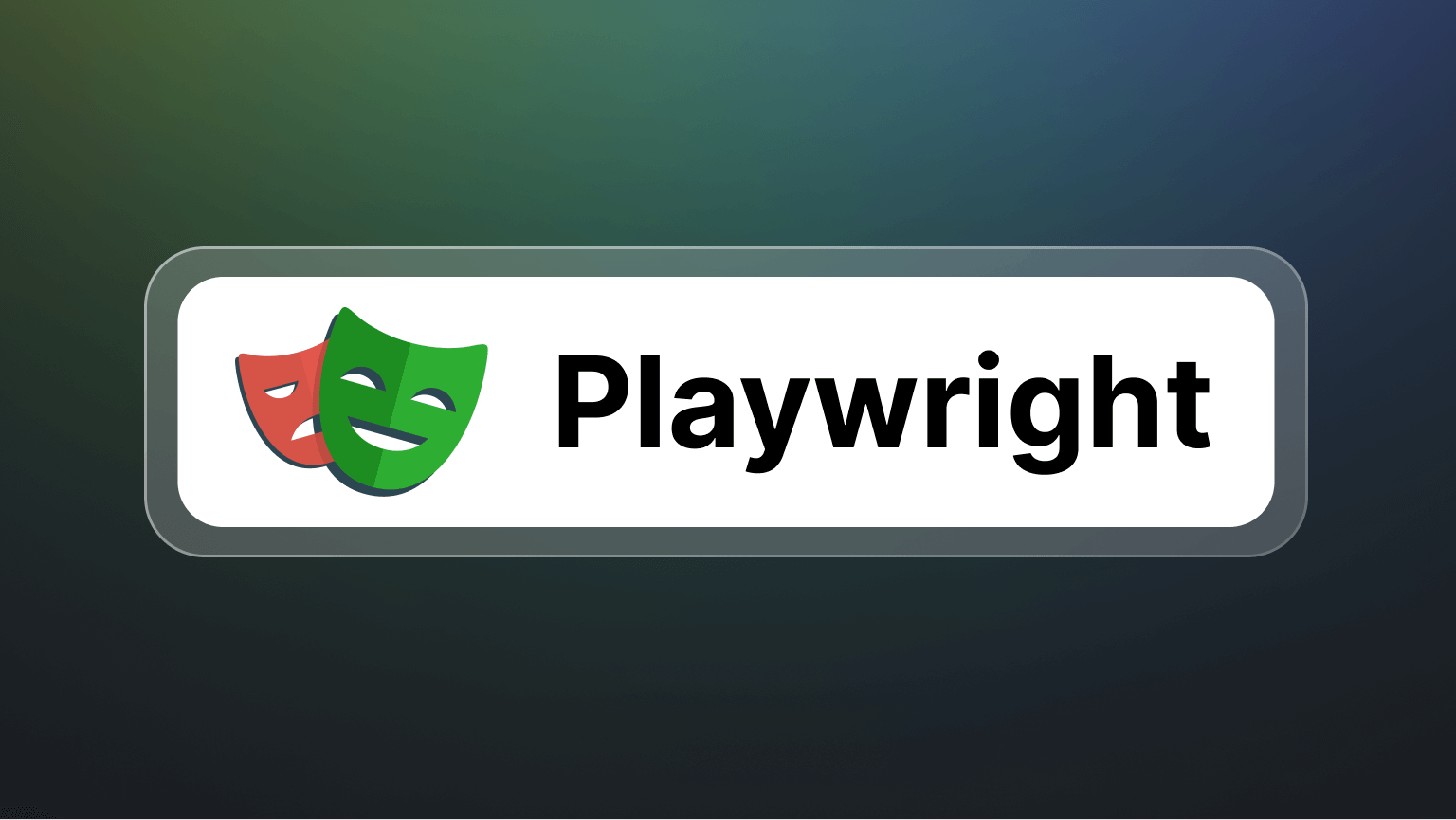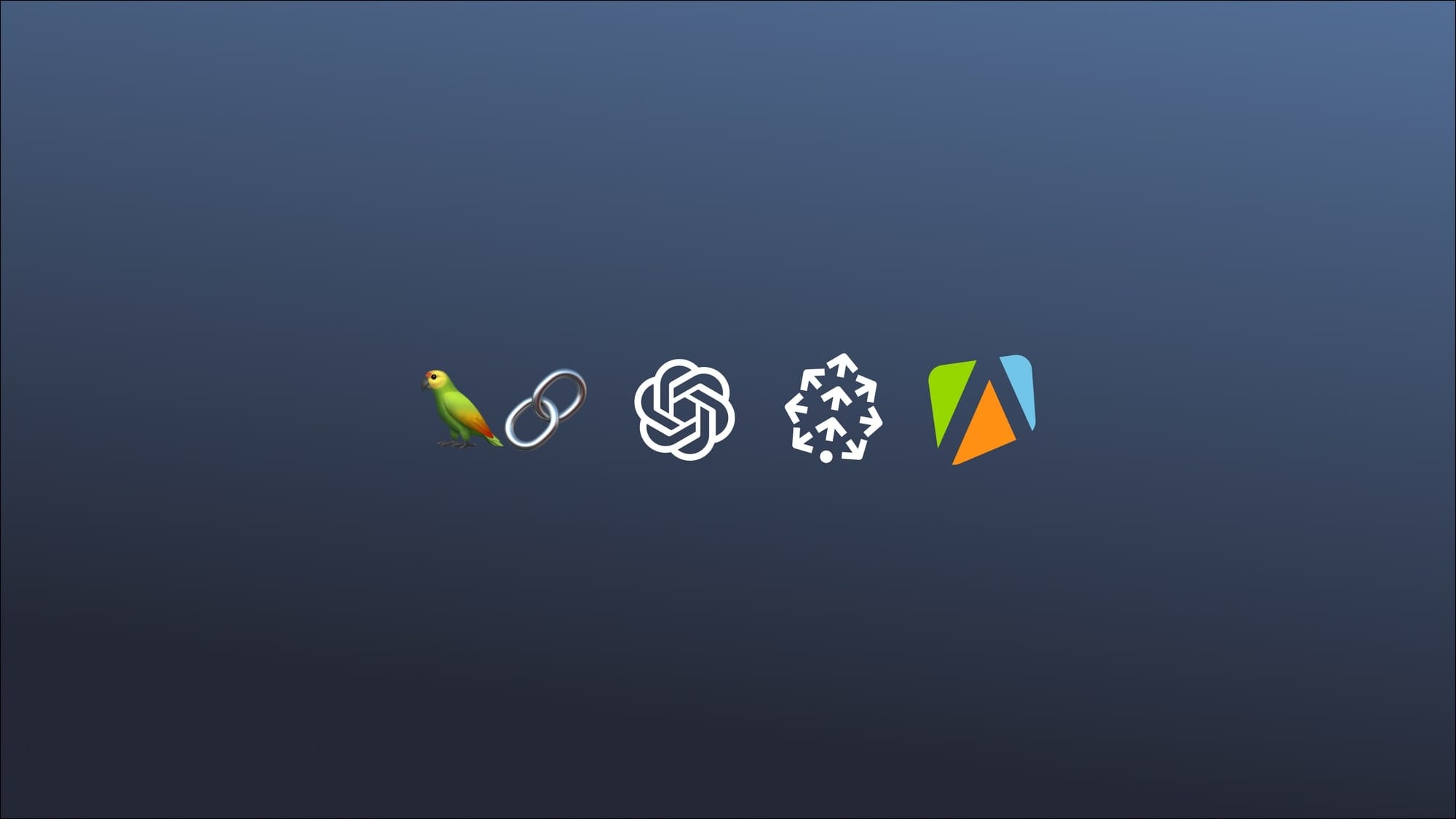Write for Apify
We have temporarily suspended accepting new writers. If you're interested in guest posting or discussing a link to your website, please email outreach@apify.com
What kind of content do we want?
We want expert-to-expert content. For Apify, that means content that is both helpful and engaging for developers. Your content must be an original piece that has not already been published on another website. The word count can be anything from 1,000 to 5,000 words.
We’re particularly interested in articles and tutorials about web scraping with Python, TypeScript, and JavaScript, browser automation, web RPA, and AI and machine learning in the context of collecting web data.

Images
Consider whether an image is relevant and suitably positioned. Also, do not use copyrighted images.
Size and format
Only use JPG or PNG for images. Make sure that the image isn’t too big, both in terms of file size and size (especially height) in the article.
File names and alt text
Give each image a filename that includes relevant keywords (e.g. “screenshot-python-requests-code-sample”).

Linking
Include internal and external links to helpful and relevant content when appropriate. Hyperlink keywords.
For example, “this tutorial on web scraping shows you…”, NOT “you can find out more about web scraping here.”

Keywords and H2s
Think about keywords and phrases that people might use to search for your article. You can do a Google search and look at the People Also Ask section or you can use a free tool like Ahrefs Keyword Generator. Use at least some of the keywords you find, but don't force them. Adjust your content to accommodate them naturally where possible and you'll help people to find your article.

Introduction
The introduction should hook the reader and explain why the content will be useful for them. Use pain points to demonstrate the relevance of the content.
Here's an example.
Prerequisites
If you're writing a coding tutorial, outline what the reader needs to know or have to follow it: programming language, installation, packages, etc.
Here's an example.
Body
Use appropriate headings (H2s and H3s) to break up the text into suitable sections and bullet points when it helps readability.
If you're writing a coding tutorial, include checkpoints where the reader can test the code's functionality before moving on to the next part.
Here's an example.
Conclusion and CTA
Add the final code or summarize your key points, and include an appropriate call to action (e.g., another blog post on the subject, an Apify product, integration, or documentation).
You may also like to include a further reading/resources section.
Here's an example.
Here's another example.
FAQs
If suitable for the topic, include at the end frequently asked questions for basic search queries rather than highly technical things. E.g. What is web scraping? Is web scraping legal?
Here's an example.
We want expert-to-expert content. For Apify, that means content that is both helpful and engaging for developers. This could be in the form of a tutorial or an article about web scraping tools and technologies.
We’re particularly interested in articles and tutorials about web scraping with Python, TypeScript, and JavaScript, browser automation, web RPA, and AI and machine learning in the context of collecting web data.
Depending on the quality of your submission and how it fits with our content strategy, Apify will negotiate an offer of compensation. This could take the form of a one-off payment, Apify platform credits, or promotion.
We only accept previously unpublished content that meets our writing guidelines. The word count can be anywhere between 1,000 - 5,000 words. If we are happy with your submission, we will reach out to you within 10 working days.




